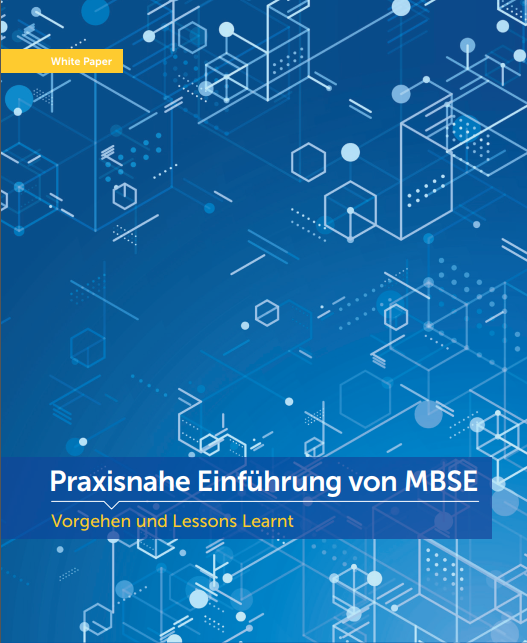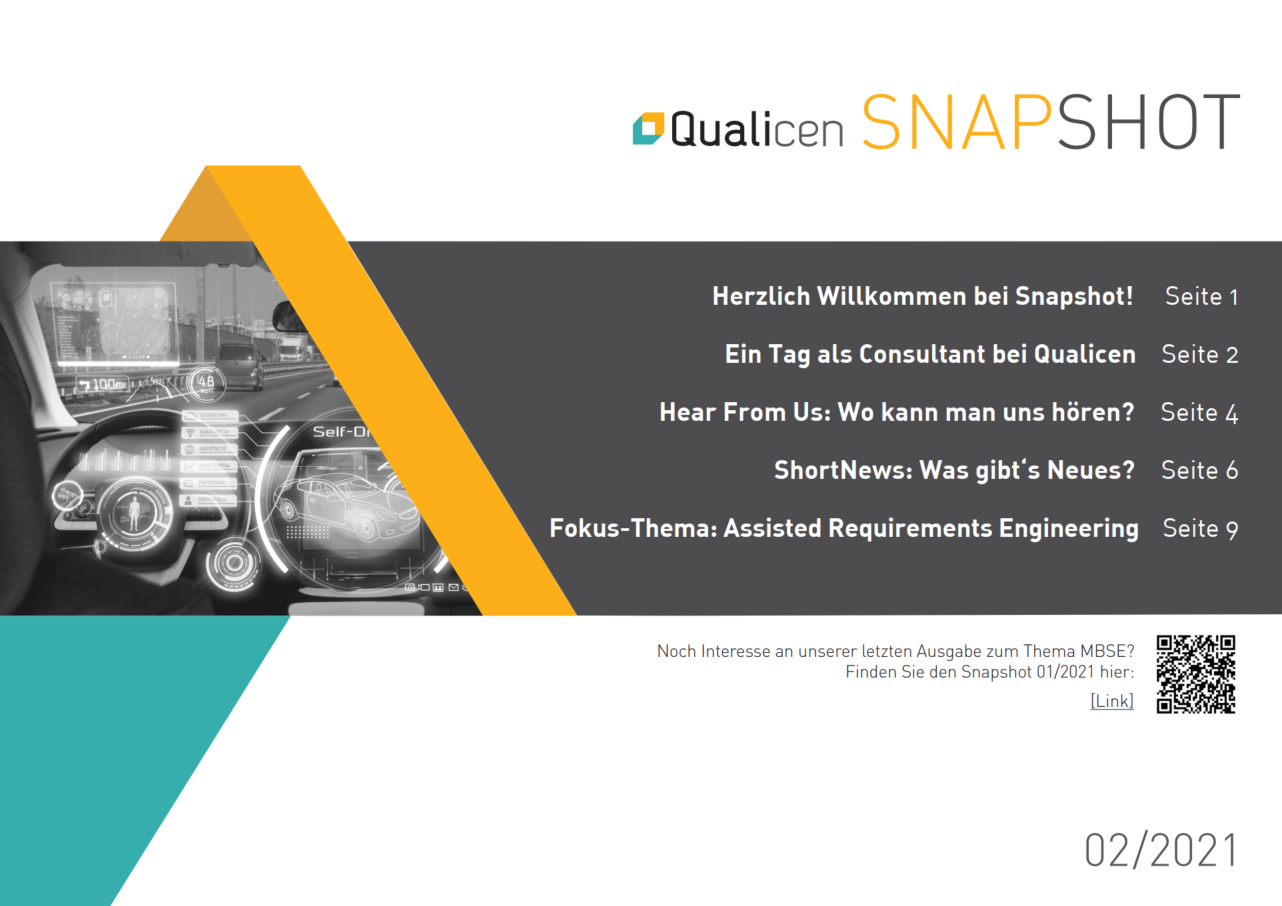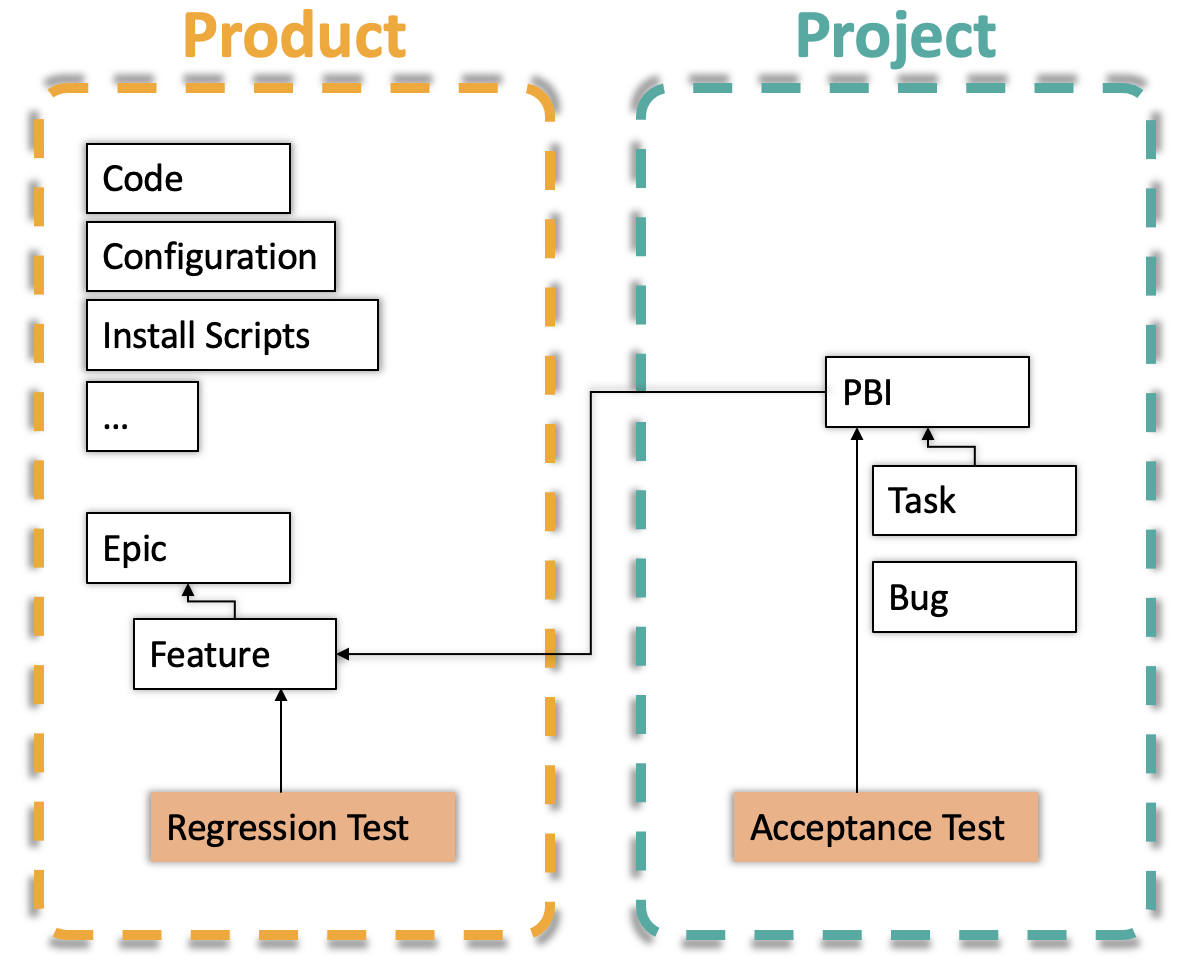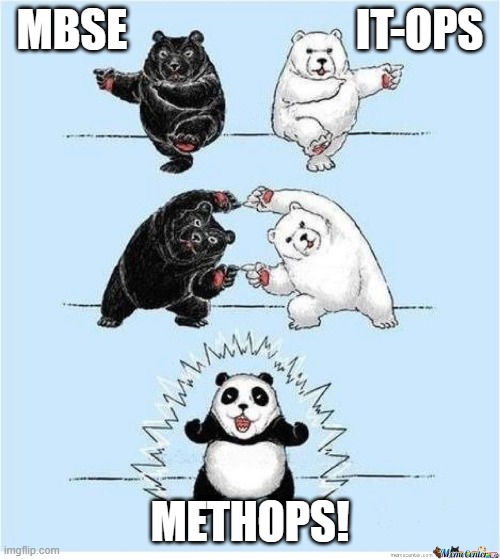Introducing Model-based Systems-Engineering
Managing the complexity of cyber-physical systems is a real challenge. Adding reuse and hundreds of product variants doesn’t help either. Model-Based Systems Engineering (MBSE) helps you to get a grip on your system. I have been involved in several MBSE introduction projects. Together with colleagues from TUM, Fortiss, and TU Berlin, I wrote a white paper (only in german so far) on how to introduce MBSE in an organization . In the white paper, we summarize our experiences and best-best practices collected over a the last years. It’s definitely worth a read!
Why would you want to introduce MBSE into your organization? There are numerous reason, among them:
- MBSE helps you to manage system complexity
- MBSE propagages modularity
- MBSE fosters a consistent system description
- MBSE facilitates reuse
- MBSE helps to organize product variants
- MBSE enables automatic tool support
- MBSE improvs communication
This sounds like a silver bullet, but there are challenges you will face when starting with MBSE. Introducing MBSE into an organization is often a major change in the existing processes and techniques. New tools, new processes, new ways of thinking – all things that increase the cognitive load for many of the involved people. Still the benefits that come with adopting MBSE, make overcoming these challenges worthwhile. To be successful, it is important to organize the introduction systematically. When introducing MBSE there are three areas you have to think about:
- Which Engineering Method? You need to ask yourself: What do I want to model, in what detail, and which relationships between models are important.
- Which Modeling Language? Options are either to use a standard language as is, such as SysML or to make customizations (so-called dialects).
- Which Modeling Tool? There many tools on the market, with different strengths and weaknesses – it may not be an easy choice.
Apart from these technical issues, introducing MBSE often comes with organizational challenges, as many major changes do. However, there are tools that help you overcome the challenges. The most important tool in you toolbox is a powerful engineering method, such as the SPES modeling framework. SPES is like a guardrail that helps you answer the most important questions while leaving enough flexibility to adapt the method to your specific situation. Still, adaption can be tricky. There is a second tool – the MBSE maturity model. The maturity model helps you to introduce MBSE in stages and track your progress. Do not attempt a big bang MBSE introduction. In our experience, a gentle iterative approach is much more effective and less messy.
Again, here is the link to the white-paper where we go through these tools in detail and show how you can use them. You might also want to check our services regarding systems engineering.
If you have questions or in case you would like to know more or want to start modeling, feel free to contact me directly or with the comments field below.
Maximilian Junker
(maximilian.junker@qualicen.de)






